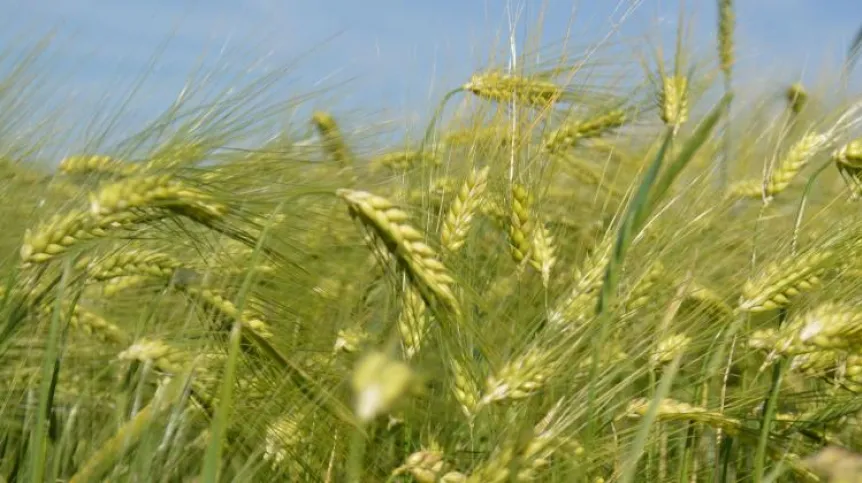
Scientists from 13 countries, including four Polish researchers, have decoded the genome of rye.
The research, which took four years and involved four Polish scientists, will help in understanding the biology of rye which can help in improving other, more commonly grown cultivated plants closely related, such as wheat, triticale and barley.
Dr. Beata Trucks from the Department of Genetics, Biotechnology and Biotechnology of the West Pomeranian Technology University said: “The rye genome consists of nearly 8 billion nucleotides, over two times more than the human DNA.
“On the other hand, the interest in rye as an economically significant species is limited to a few countries, mainly in Central and Eastern Europe.
“Because of this, global financial outlays on rye research are small. The whole world was interested in the human DNA sequence, while the rye DNA sequence was of interest to only to a dozen states where it is grown.”
She addd that during the course of their research they found out that scientists from China were also working sequencing the rye genome.
The team’s 63 scientists who are all members the International Rye Genome Sequencing Consortium stepped up the pace of their work on the DNA sequence of the European rye line, while the Chinese team focused on the Asian form.
The team’s Dr. Stefan Stojałowski from Szczecin university said: “The race between the two teams continued for several dozen months and with the perfect draw. The publications were submitted at a distance of three days, and were ultimately published at the same time.
“This is probably the first such case when two teams working on an equally complex and long-term undertaking published theirs results on the same day.”
A detailed description of the complete rye genome was published in late March in Nature Genetics.
The decoded rye genome is a database that will help to better understand the biological mechanisms regulating life processes of the plant.
Dr. Stojałowski said: “Understanding the functioning of a complicated mechanism that are the cells of a living organism (plants, animal, human) enables us to explain, for example, why something works not as we would want it to. Now we will be able to learn why our rye sometimes suffers from diseases, gives yields below our expectations, why harvested grains are not always suitable for the production of tasty bread, etc.”
Other Polish researchers working with the international consortium included Dr. Hanna Bolibok-Brągowska and Professor Monika Rakoczy-Trojanowska from the Department of Plant Genetics, Breeding and Biotechnology, Institute of Biology, WULS-SGGW in Warsaw. (PAP)
author: Elżbieta Bielecka
emb/ agt/ kap/
tr. RL
Gallery (4 images)
-
 1/4Photo: Aneta Zierke
1/4Photo: Aneta Zierke -
 2/4Photo: Aneta Zierke
2/4Photo: Aneta Zierke -
 3/4Photo: Aneta Zierke
3/4Photo: Aneta Zierke -
 4/4Photo: Aneta Zierke
4/4Photo: Aneta Zierke













